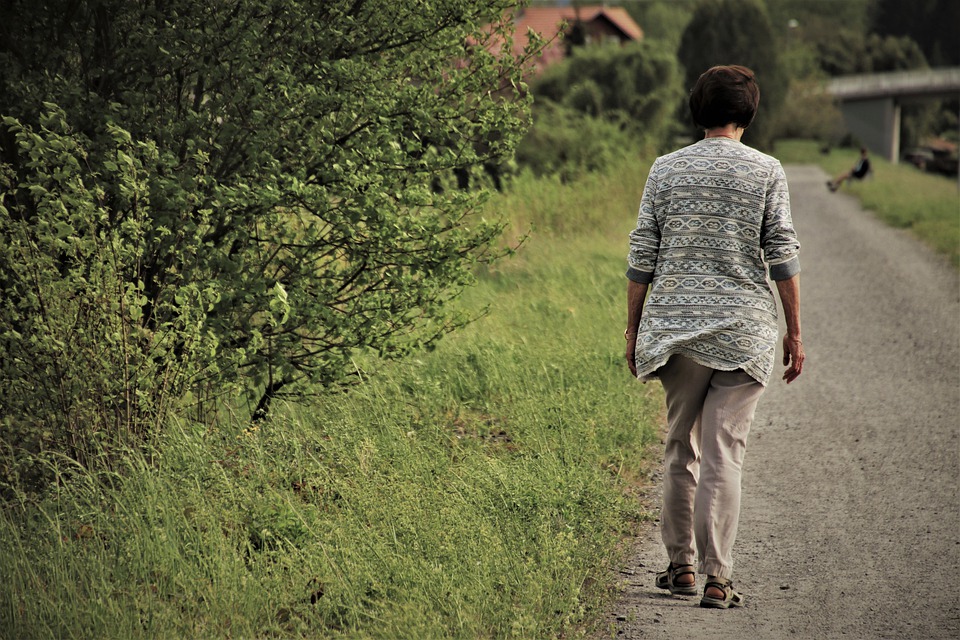
When the weather starts turning colder, we usually start spending more time indoors. If this is true for you, make sure to maintain your fitness regimen. Becoming sedentary for months at a time can really take a toll on your veins.
While it might make sense to take your regular exercise routine inside, don’t forget to take advantage of opportunities to fit in a little more movement despite the chill in the air. The American Heart Association recommends that people walk 10,000 steps per day. That seems like a lot, but those steps don’t have to be taken all at once. Additionally, there are several types of exercise that can get your blood moving and relieve some of the symptoms of venous disease.
There are various medical conditions that can lead to venous disease, including pregnancy, obesity, and diabetes. Additionally, some genetic conditions may make certain people more likely to develop a vein disease. No matter the cause of your condition, becoming more active could help you manage your symptoms.
Exercise and daily movement help keep your veins healthy, even if you have not begun to develop venous disease. However, if you are already experiencing symptoms, exercise is a great way to slow the advancement of the condition. In some cases, exercise is as successful as surgery at reducing venous disease symptoms and side effects.
Exercising involves muscle contractions pushing on the veins, which helps move your blood through the vascular system to your heart. Enhancing your muscles with light-impact exercise can improve blood flow, develop proper circulation, and strengthen your immune system.
Sneak in extra steps throughout your day by parking farther away from stores, taking the stairs instead of the elevator, going on short walks during breaks or during your lunch hour, or walking an extra lap around the grocery store after you finish getting your items. More opportunities will turn up if you keep an eye out for them. These strategies are simple, free, and you can do them any time you’re on the go. If you want to take it to the next level, get a pedometer so that you can track your steps and challenge yourself a little more each day.
Another small step you could take to prevent or relieve symptoms of venous disease is exercising your calf muscles. These muscles are responsible for pumping blood from the leg back into the vascular system, specifically the heart. When you exercise the calf muscles and improve blood flow, your vein disease may become more manageable.
In addition to the calf muscles, it is essential to exercise and strengthen other leg muscles. The veins in your legs work against gravity to pump blood to the heart, so it is important to strengthen them to get your blood moving through your vascular system.
After you incorporate walking and leg exercises into your daily routine, you may feel ready to add more vigorous exercises. Though the activities are still low impact, they improve circulation to help prevent or relieve symptoms of venous diseases. For example, you could incorporate exercises such as swimming, biking, and walking into your routine, which all help strengthen the calf muscles.
There are certain forms of exercise you should avoid, as they may worsen your symptoms. High-impact activities like running are great for exercise but result in excess pressure on the leg’s veins. Weightlifting, yoga, squats, crunches, and sit-ups are additional exercises that reduce blood flow back to the heart due to excess pressure on the veins.
When your veins become weak or overworked, they stretch and cannot function properly. From this, your blood could pool or flow improperly, further weakening your veins.
Staying active in even little ways will keep the blood flowing and benefit your entire body, not just your veins. Even if you don’t have a regular fitness routine currently, finding ways to take some extra steps is a great place to start because it’s not too intimidating. You can build on that foundation gradually and develop exercise habits that last a lifetime. It’s never too soon to start taking steps on the path to fitness, literally!